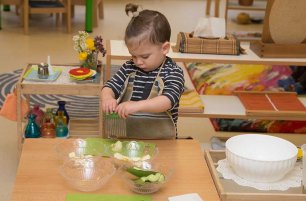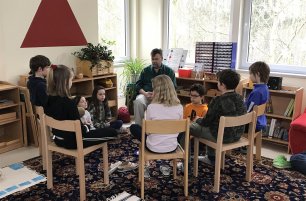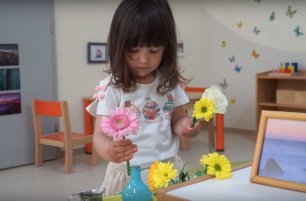It's a Long Journey But Worth It
Every morning, with any luck, a very enthusiastic and volume‑charged toddler and I make the 45 min commute to Roztyly station, then up the hill we go to IMSP. We do this because it’s only the beginning. It’s not just the beginning of the day, the week and the school year, but it’s the beginning of her relationship with education. While it may seem like a long journey, we know that it is important. It is as important as the destination, these words are not contrived. Along the way, we have breakfast, water and a story. Our mornings are productive and sacred to our bonding time.

From the moment she sees school from the corner Potraviny, she is fighting to get out of the stroller and walk the rest of the way. Upon entering the building, her preferred method of travel has now elevated to running through the corridor to her coatroom cubby. Tearing open the closet door and sitting in the middle of the floor, she now changes her shoes by herself. This daily routine is completed with a BIG hug from one of her guides. Although I will be lucky if I receive a goodbye after that moment… it’s okay.
My daughter is set for life from this moment on. That love of school, happiness and energetic confidence needs only to be fostered. Her spirit is ready to be unleashed onto the world. My job is to get her to school and any other moments in life that will en‑ courage her journey to greatness. That is why we are a Montessori family.
Toli – IMSP Mum
Want to learn more? Read our next article:




